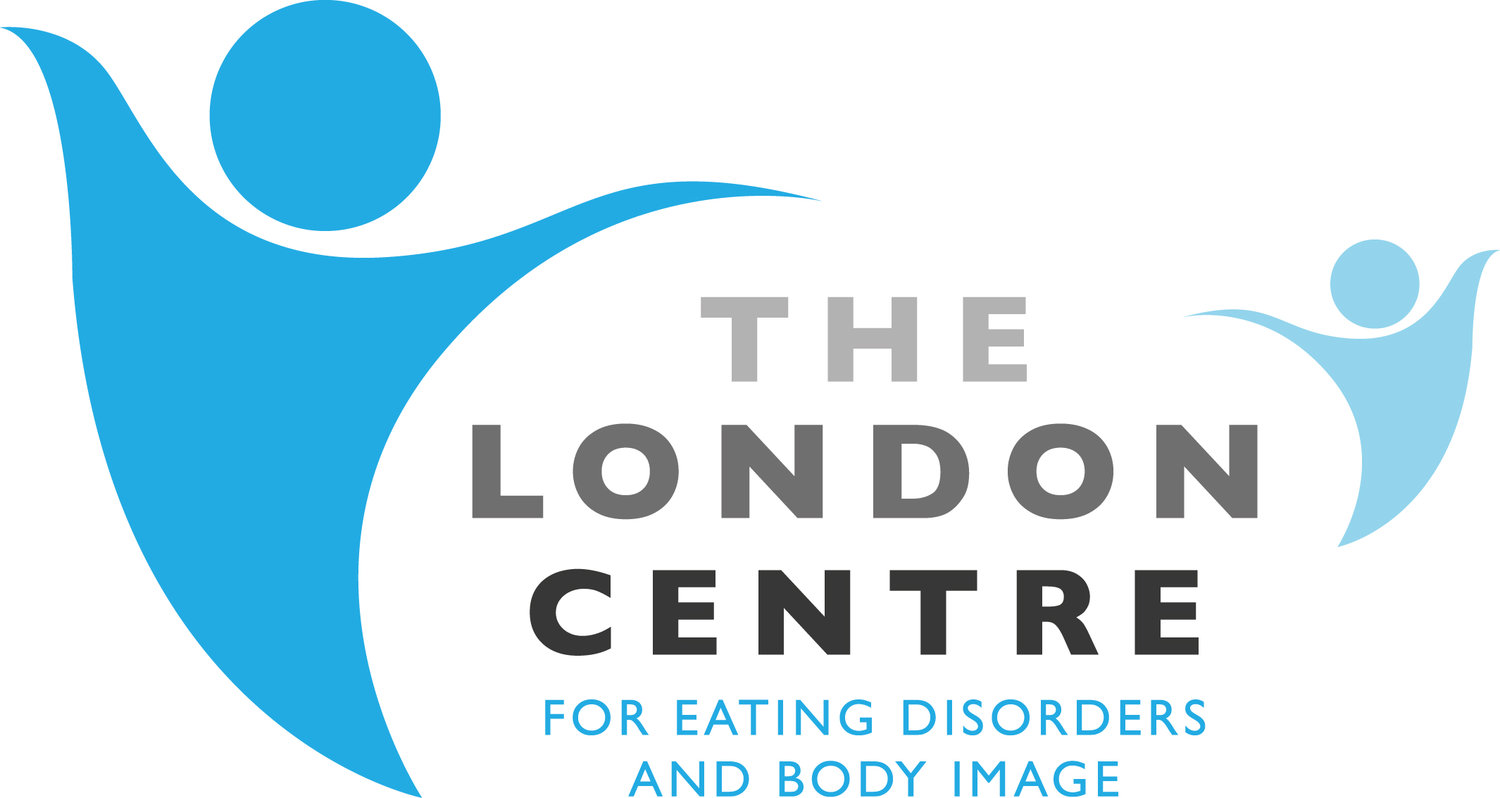Why change is difficult
With eating disorders, getting help is just the first step. Engaging with help is often even harder.
We sometimes hear from families or friends, struggling to understand why their loved ones are reluctant to come for treatment. We also see people coming to therapy every week, but struggling to make changes in between sessions, or seemingly finding it easy to make some changes, but almost impossible to make others. People can be happy to let go of parts of their eating disorder, such as stopping bingeing or purging, but extremely fearful or reluctant to give up other parts of it, such as their perceived control over their eating or exercising. This is very different to something like anxiety or depression, where people are keen to recover. So what is different about an eating disorder?
Eating disorders are known to be ‘functional’ illnesses -that is, they serve some useful purpose at their outset, and in some way make things easier or more bearable. For some people, restricting or being at a low weight may help them feel more in control or safer. For other people, bingeing, purging or exercising may help them manage or ignore distressing emotions or thoughts. For some people, the eating disorder may help them elicit the care they need, which they may have struggled to get in different ways. The functions can vary massively and are unique to each individual, but the outcome is the same: in the short term an eating disorder gives a sense of relief. However, as time goes on, it starts to do more harm than good and will start to prevent people from moving forward.
Ultimately, eating disorders typically end up maintaining the very problems they initially set out to solve. But overcoming an eating disorder and letting go of the feeling of safety that it provides is difficult. This is why therapy aims to provide you with a safe space in order to make changes, skills to help you manage any difficulties that arise, and encouragement to help you take those first steps.
The following story can be really helpful for those considering change, or for those trying to understand why it is so hard.
Imagine yourself standing in the rain on the bank of a raging river. Suddenly, the water-swollen bank gives way. You fall in and find yourself being tossed around in the water. Your efforts to keep afloat are futile and you are drowning. By chance, along comes a huge log and you grab it and hold on tight. The log keeps your head above water and saves your life. Clinging onto the log, you are swept down stream and eventually come to a place where the water is calm. There, in the distance, you see a riverbank and attempt to swim to the shore. You are unable to do so, however, because you are still clinging to the huge log with one arm as you stroke with the other. How ironic. The very thing that saved your life is getting in the way of your getting where you want to go. There are people on the shore who see you struggle and yell, “Let go of the log!”. But you are unable to do so because you have no confidence in your ability to make it to shore. However, after a while, very carefully and slowly, you let go of the log and practice floating. When you start to sink you grab back on. Then you let go and practice treading water, and when you get tired, hold on once again. After a while, you practice swimming around the log, once, twice, ten times, twenty times, a hundred times, until you gain the strength and confidence you need to swim to shore. Only then do you let go of the log.
From “Eating in the Light of the Moon” by Dr. Anita Johnston (Gurze Books, 1996).
If you wish to book an appointment, please click here.

